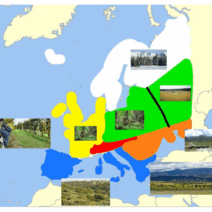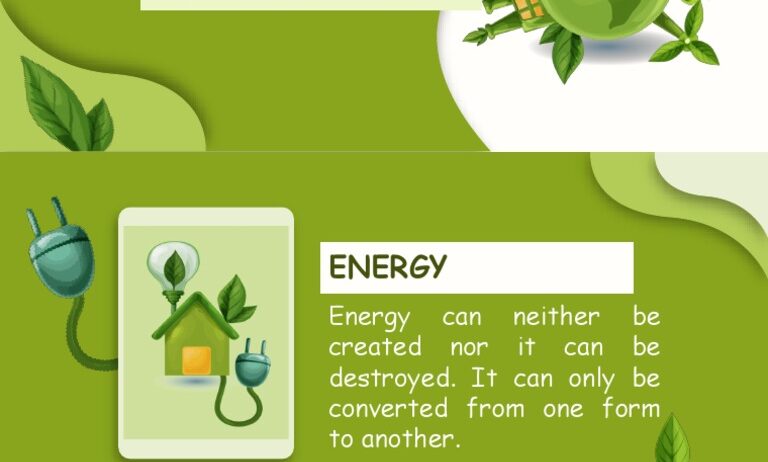Energy conservation is a critical facet of survival for animals across diverse ecological niches. In the quest for existence, organisms have developed intricate adaptations for managing their energy reserves effectively. This article delves into the mechanisms by which various animal species conserve energy, enabling them to thrive in their respective environments.
Metabolic Adaptations
At the core of energy conservation in animals lies metabolic adaptation. Different species exhibit variations in metabolic rates, which are closely tied to their lifestyle and habitat. For instance, endotherms or warm-blooded animals, such as mammals and birds, maintain a stable internal body temperature. However, this physiological quality comes with a significant energy cost. To mitigate this expenditure, many endothermic species possess adaptations that allow them to lower their metabolic rate during periods of inactivity or harsh environmental conditions. Hibernation in bears and torpor in some bird species are prime examples, allowing animals to conserve energy by entering a state of reduced metabolic activity.
In contrast, ectothermic or cold-blooded creatures, like reptiles and amphibians, regulate their body temperature primarily through external environmental conditions. Such animals adopt behaviors to optimize their energy consumption. During cooler temperatures, they may bask in the sun or seek warmth through behavior patterns that effectively minimize energy expenditures associated with thermoregulation.
Behavioral Adaptations
Behavior plays a significant role in energy conservation strategies. For many species, the patterns of movement and foraging are crucial for reducing energy expenditure. Certain herbivores employ a ‘grazing’ strategy where they intermittently feed throughout the day rather than consuming large quantities in one sitting. This method allows for efficient digestion and absorption of nutrients while minimizing the time spent in potentially vulnerable open areas.
Predators, too, exhibit energy-saving behaviors. Rather than tirelessly hunting, some utilize ambush tactics or luring strategies to capture prey. This careful calculation of energy input versus energy output is vital for their survival. Cheetahs, for instance, are renowned for their incredible speed but can only maintain such bursts of energy for short distances. Hence, they conserve energy through thoughtful stalking and explosive acceleration during critical moments of the chase.
Social structures in various species often facilitate energy conservation. In social insects, such as bees and ants, the division of labor allows for efficient resource gathering. Each member of the colony plays a specific role, optimizing the overall energy expenditure required for foraging and nest maintenance. By working cooperatively, these groups significantly enhance their survival odds while conserving individual energy reserves.
Physiological Adaptations
Physiological adaptations contribute significantly to energy conservation. Some species have developed specialized body structures that reduce energy costs. For example, the streamlined bodies of aquatic animals, like dolphins and sharks, enable efficient locomotion through water, minimizing drag and energy loss. Similarly, certain bird species have evolved a unique flight mechanism, known as dynamic soaring, which exploits wind patterns to minimize energy expenditure during long-distance migration.
Additionally, physiological adaptations include the use of fat reserves during times of food scarcity. Many mammals store excess energy as fat, which can be metabolized when food is not readily available. This adaptation is evident in species like seals and polar bears, which rely heavily on their fat stores during the winter months when food sources dwindle.
Energy-Efficient Reproductive Strategies
Reproduction represents one of the most energetically costly activities in the animal kingdom. Consequently, many species have devised energy-efficient strategies to optimize reproduction without depleting energy reserves. For instance, some fish exhibit a strategy known as “batch spawning,” where they release eggs over several periods rather than all at once. This method spreads the energy costs and increases the chances of offspring survival by timing spawning with optimal environmental conditions.
In addition to timing, many species engage in mate selection strategies that are energy efficient. Some male birds display bright plumage and elaborate courtship behaviors to attract females. Such behaviors, while seemingly costly, are advantageous for males that can afford such displays, as they may lead to successful mating opportunities without repetitive courtship efforts with multiple partners.
Seasonal Energy Management
Seasonal changes can have profound impacts on energy conservation practices. Many species adjust their behavior and physiology to cope with seasonal variation in resource availability. During winter months, migrating birds often travel long distances to regions with more abundant food sources. Their migratory patterns are not random but are instead carefully timed and strategically planned based on energy efficiency and resource availability.
Similarly, some mammals undergo a shedding of their fur or adapt their coloration to enhance thermoregulation. This adaptation minimizes the amount of energy expended on body heat maintenance as environmental temperatures shift. The Arctic fox, for instance, changes its fur color from brown in the summer to white in the winter, enhancing camouflage while also aiding in energy conservation.
Conclusion
The ways in which animals conserve energy are as varied as the species themselves. Through a combination of metabolic, behavioral, physiological, and reproductive adaptations, they demonstrate remarkable efficiency in energy use. These strategies not only enhance individual survival but also play a critical role in maintaining ecological balance. Understanding these conservation mechanisms offers vital insights into the resilience of life on Earth and underscores the importance of preserving the delicate ecosystems that support this remarkable diversity.








